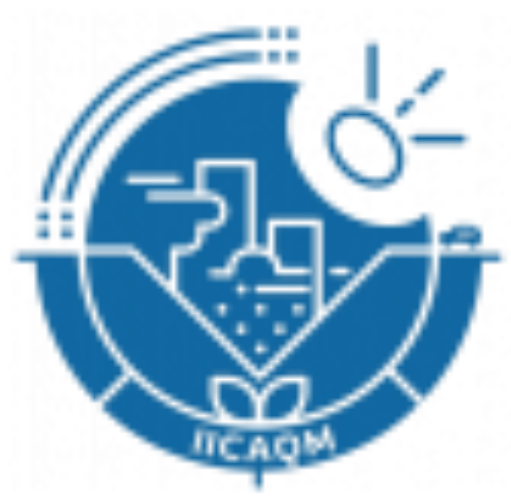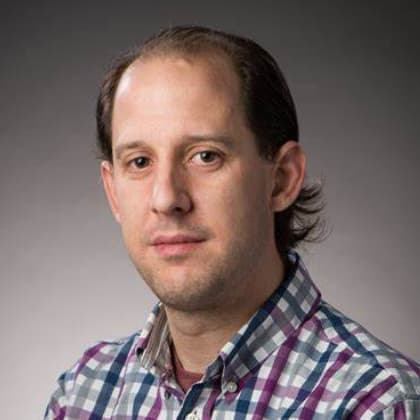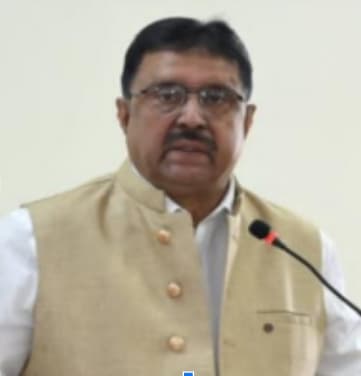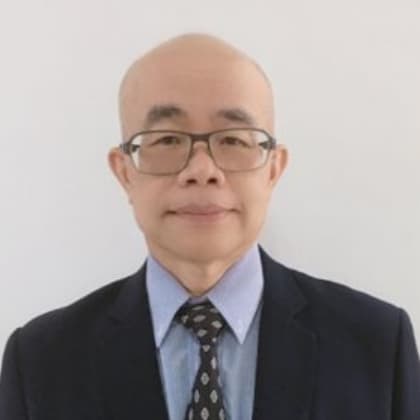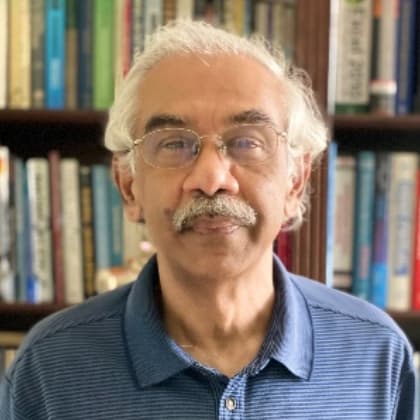Dr. Richard J Ball,
University of Bath, UK
Performance of modified TiO2 for improving air quality in the built environment
ABSTRACT
Air quality in the built environment is of increasing concern with growing attention to new technologies which can remove both internal and external pollutants. Coatings based on TiO2 are known for their photocatalytic properties, however the most common form, anatase, has a band gap of 3.2eV which requires excitation from light in the UV range of the electromagnetic spectrum. This talk will introduce strategies to enable activation by visible light which is generally at higher intensities, inside buildings from artificial lighting and outside from sunlight. The effects of, (i) doping with tungsten or cobalt, (ii) incorporation of graphene, and (iii) creation of TiOn (1<n<2) sub-oxide structures will be described. The ability of these materials to degrade pollutants was tested using NO2 and/or methylene blue dye. Results show that modified TiO2 can give superior performance compared to pure TiO2. Application of these materials can lead to improved wellbeing of residents in urban areas, and occupants of buildings.
ABOUT THE SPEAKER
Dr Richard Ball is a Reader in the Department of Architecture and Civil Engineering at the University of Bath. He graduated from the University of Bath with a BEng in Materials Science and Engineering and later completed a PhD in Materials Science also at Bath. He has published over 100 papers in refereed international journals covering batteries, fuel cells, solar cells, ceramics, composites, NDT, sensors, sustainable construction materials and air quality. Recent research has focused on the development of novel coatings for buildings to help improve air quality and the study of air quality in refugee camps around the world. He is a chartered engineer, chartered scientist and a fellow of the Institute of Materials, Minerals and Mining.
